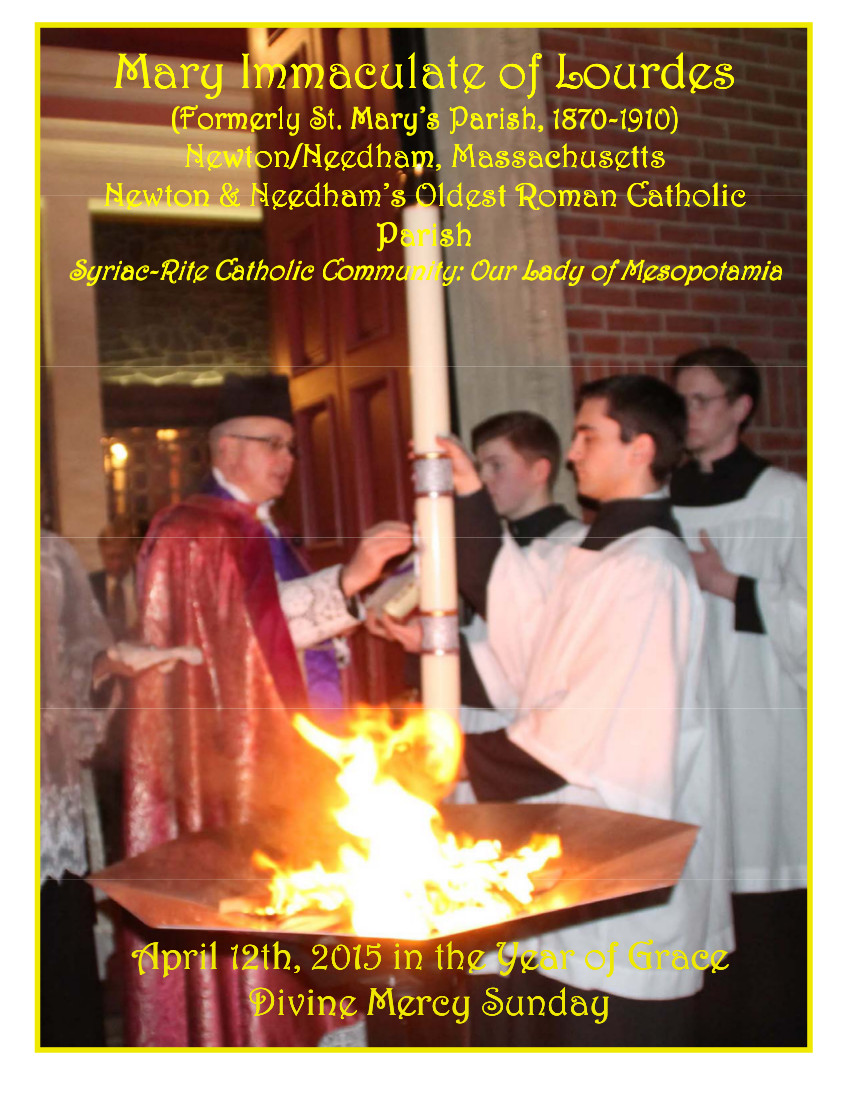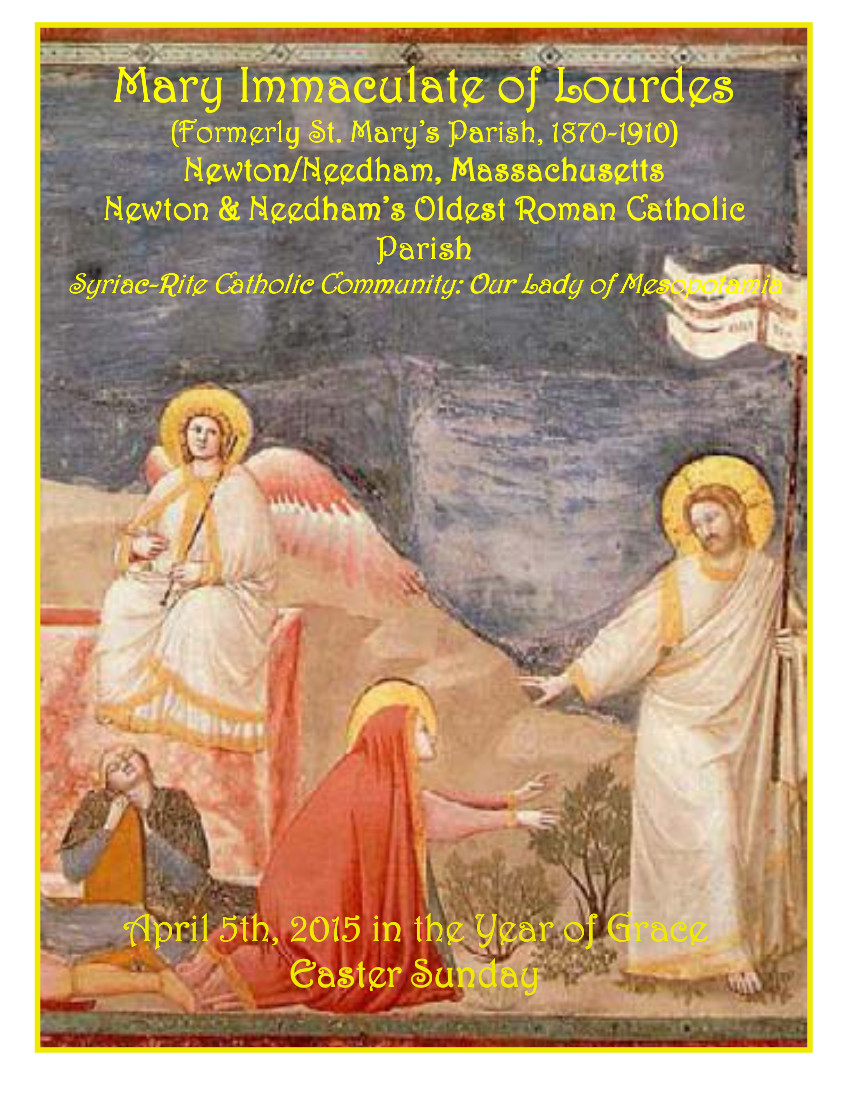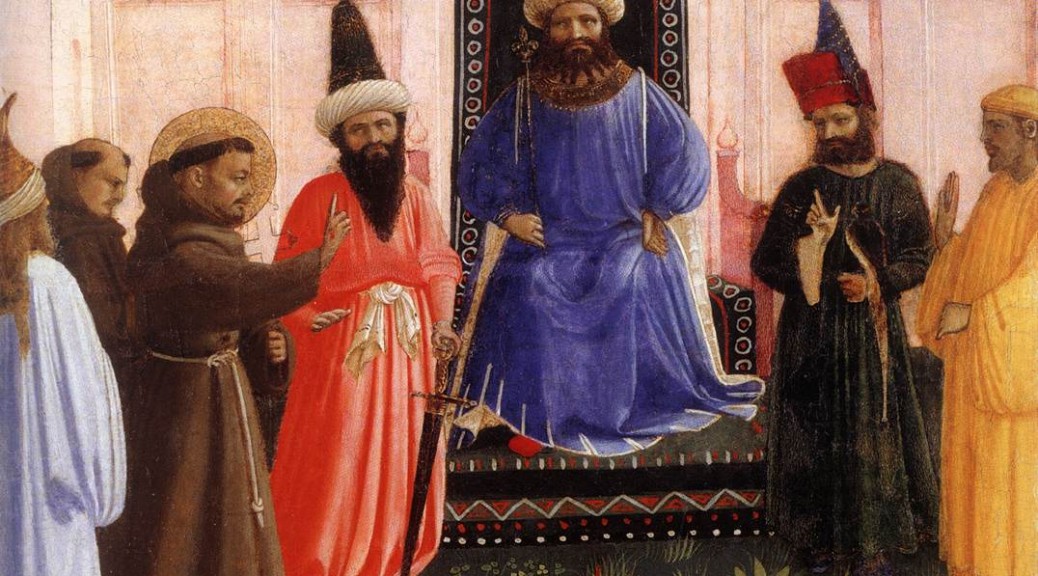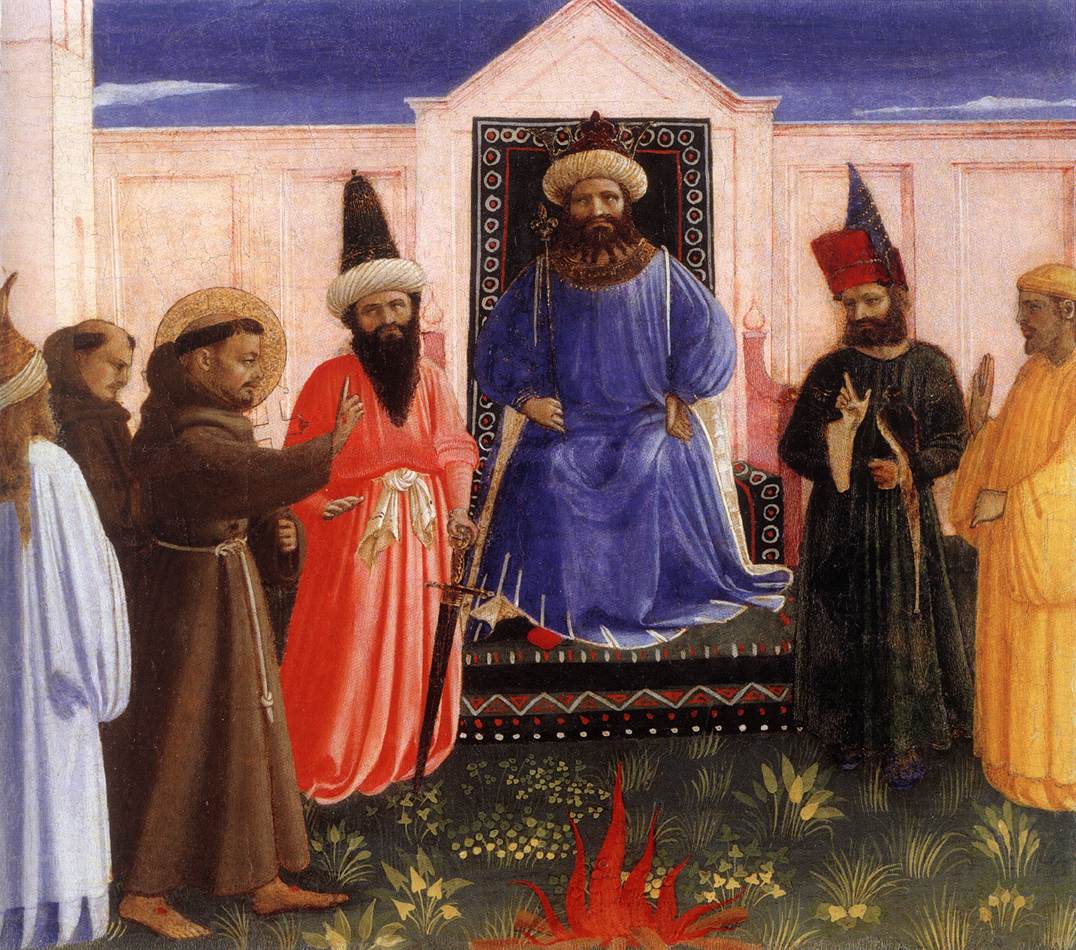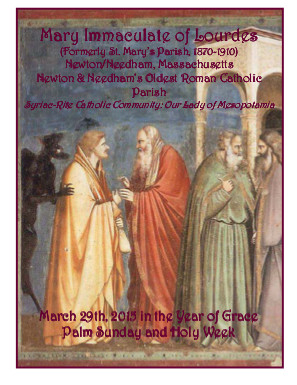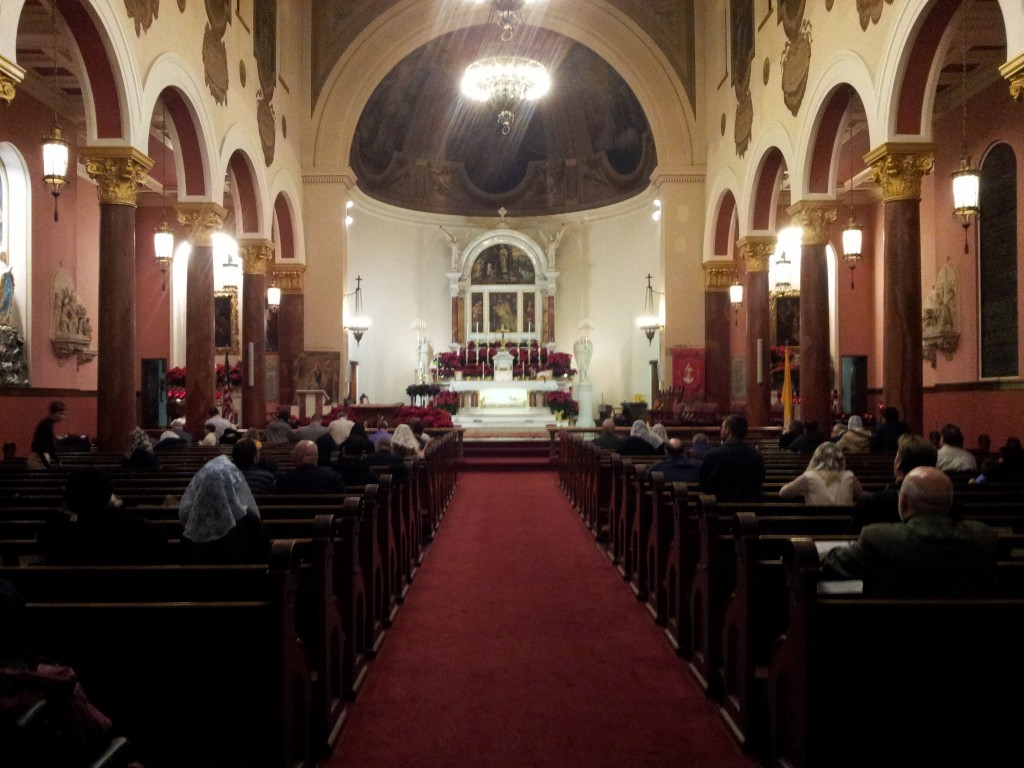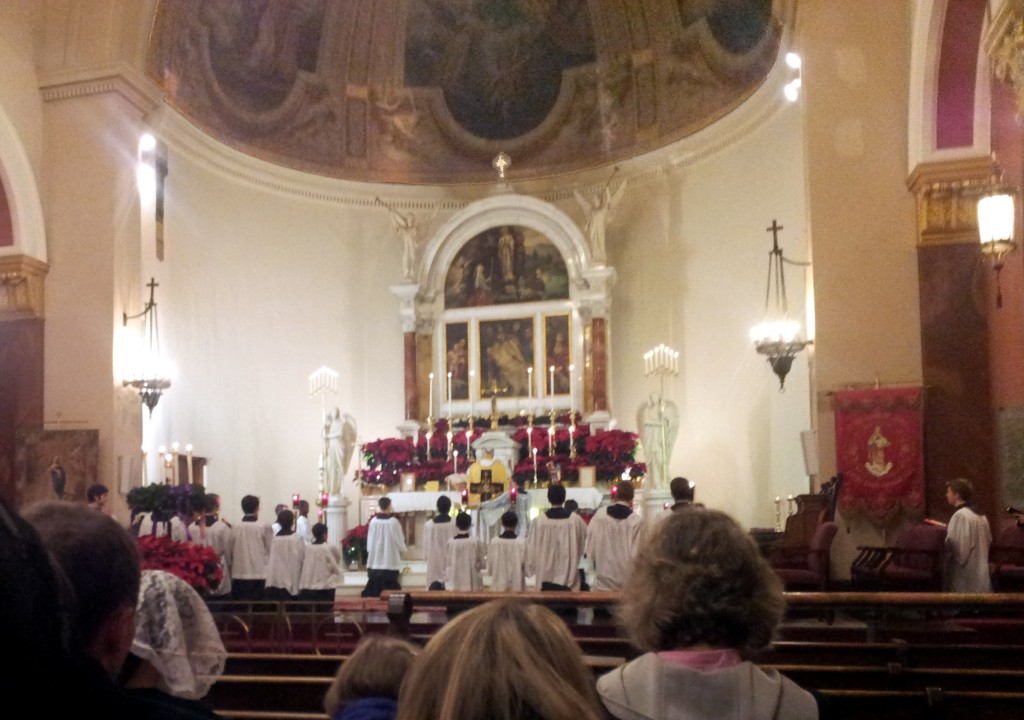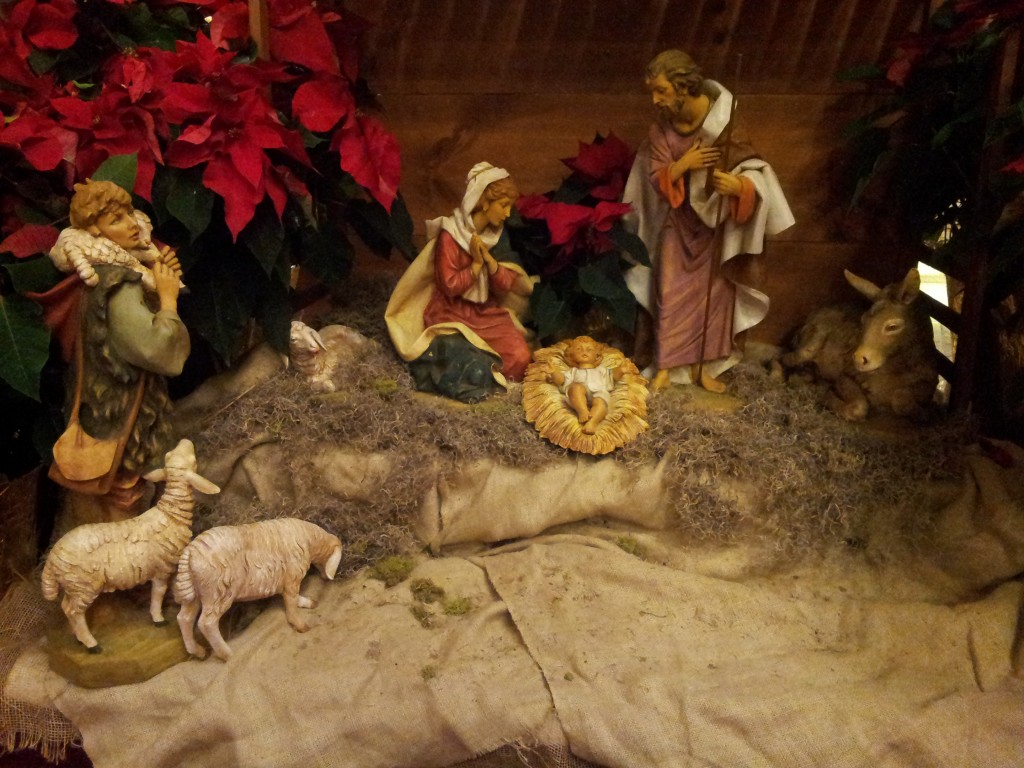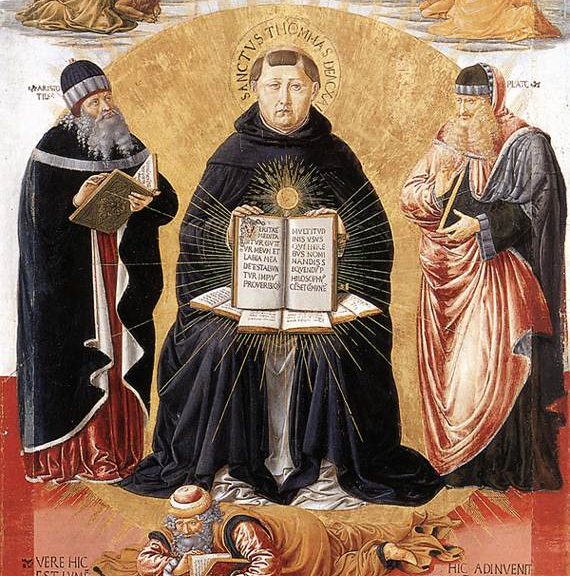(Pastor’s Note from the Mary Immaculate of Lourdes Parish Bulletin for April 26, 2015)
On my 16th birthday (April 13th, 1977) my parents gave me a “Lifting the Veil” Face of Christ, a picture of the Holy Face from the image on the Shroud of Turin which, when you lifted a thin piece of cardboard from inside the plastic, revealed a second image of Christ as He would have appeared in His living likeness. It was from the Confraternity of the Precious Blood.
The instructions on the back were to use this as a home shrine to unite with daily Mass. As I read it today, I quote: “The Mass is two things: a meeting and a memory, points out Orate Fratres [a liturgical magazine], 1: it commemorates the Death of Christ…2.: we meet Christ in person. It is necessary to keep the two well distinct, if the essence of the Mass is to be seen clearly. Your ‘Lifting the Veil’ Face of Christ enables you to see these two things clearly as you unite with Mass daily (1) by contemplating the True Face of the Dead Christ… and (2) meeting with Christ in Person, as His Living Likeness appears through the ‘Veil’.
I found this image very compelling as a youth, and it has indeed been a stimulus to prayer and thoughts of the encounter with Christ in person. (I have kept this “Lifting the Veil” image with me all these years, and it has added poignancy now as a memento of my deceased parents.)
The image of the Holy Shroud as the True Face of Christ is a great gift of God to His Church: to affirm our faith, without taking away either the necessity for it or the merit of it. For nearly 20 centuries the real facts about this Shroud-relic were unknown, because the scientific means to discover and measure them were unknown. It is very good for us to inform ourselves about some of the scientific discoveries surrounding the Shroud in recent times. Do not be deterred by dismissive and irreverent coverage in the media.
At present, the Holy Shroud is being shown to the public in the city of Turin, Italy, through June. The occasion is the bicentennial of the birth of St. John Bosco, “Don Bosco”, in 1815, who was from that region of Italy, the Piedmont. Pope Francis—whose grandparents emigrated from Piedmont to Argentina—is scheduled to make pilgrimage to the Shroud exhibition on June 21st.
In 2010, during the last public exhibition of the Shroud, Pope Benedict XVI made pilgrimage. It was the Fourth Sunday after Easter, May 2nd. In his remarks there, describing himself as a pilgrim, he said:
How does the Shroud speak? It speaks with blood, and blood is life! The Shroud is an Icon written in blood; the blood of a man who was scourged, crowned with thorns, crucified and whose right side was pierced. The Image impressed upon the Shroud is that of a dead man, but the blood speaks of his life. Every trace of blood speaks of love and of life. Especially that huge stain near his rib, made by the blood and water that flowed copiously from a great wound inflicted by the tip of a Roman spear. That blood and that water speak of life. It is like a spring that murmurs in the silence, and we can hear it, we can listen to it in the silence of Holy Saturday. Dear friends, let us always praise the Lord for his faithful and merciful love. When we leave this holy place, may we carry in our eyes the image of the Shroud, may we carry in our hearts this word of love and praise God with a life full of faith, hope and charity.
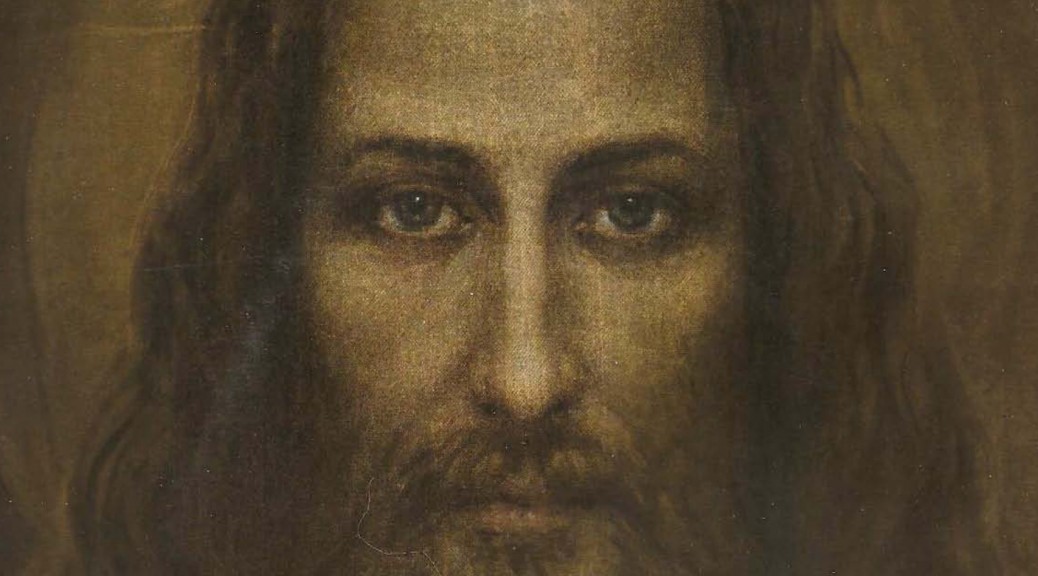
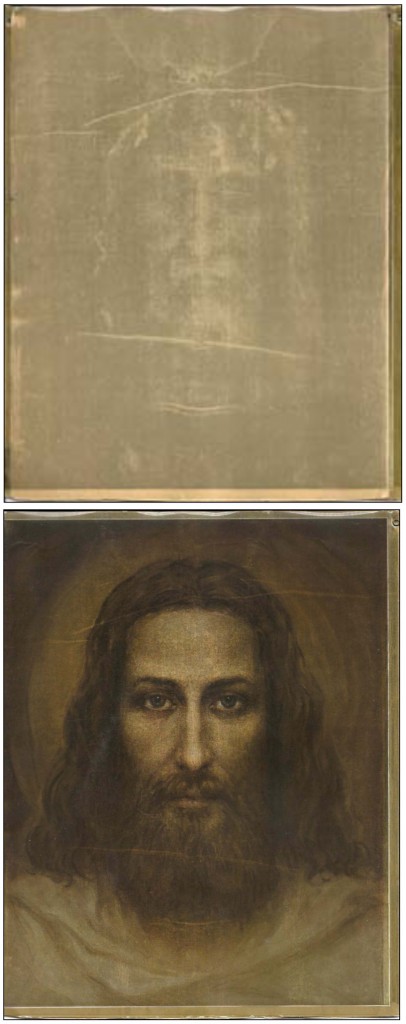
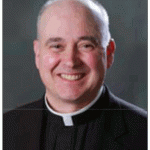
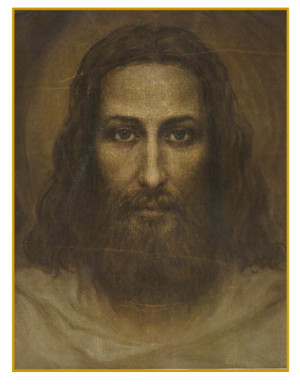
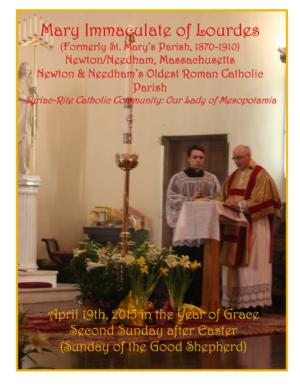

 On Holy Saturday after our Easter Vigil, one of our parishioners Bill Provencher put into my hand a copy of a Polish Catholic magazine in which his family was featured about a great favor they had received through the intercession of (then-Blessed) Gianna Beretta Molla, the “martyr-mother”: the safe-andhealthy birth of their youngest child Elizabeth “Biz” Gianna. I knew their story since I had been part of the prayer-chain at the time it had happened, and I was most moved to see the story reported on and publicized in another country no less.
On Holy Saturday after our Easter Vigil, one of our parishioners Bill Provencher put into my hand a copy of a Polish Catholic magazine in which his family was featured about a great favor they had received through the intercession of (then-Blessed) Gianna Beretta Molla, the “martyr-mother”: the safe-andhealthy birth of their youngest child Elizabeth “Biz” Gianna. I knew their story since I had been part of the prayer-chain at the time it had happened, and I was most moved to see the story reported on and publicized in another country no less.